Positive results after restructuring the State budget
| The risk of State budget deficit 12.5% compared to estimate | |
| VND840 billion from post-clearance audit paid to State budget | |
| Tax sector must collect VND 4,500 billion of debt per month |
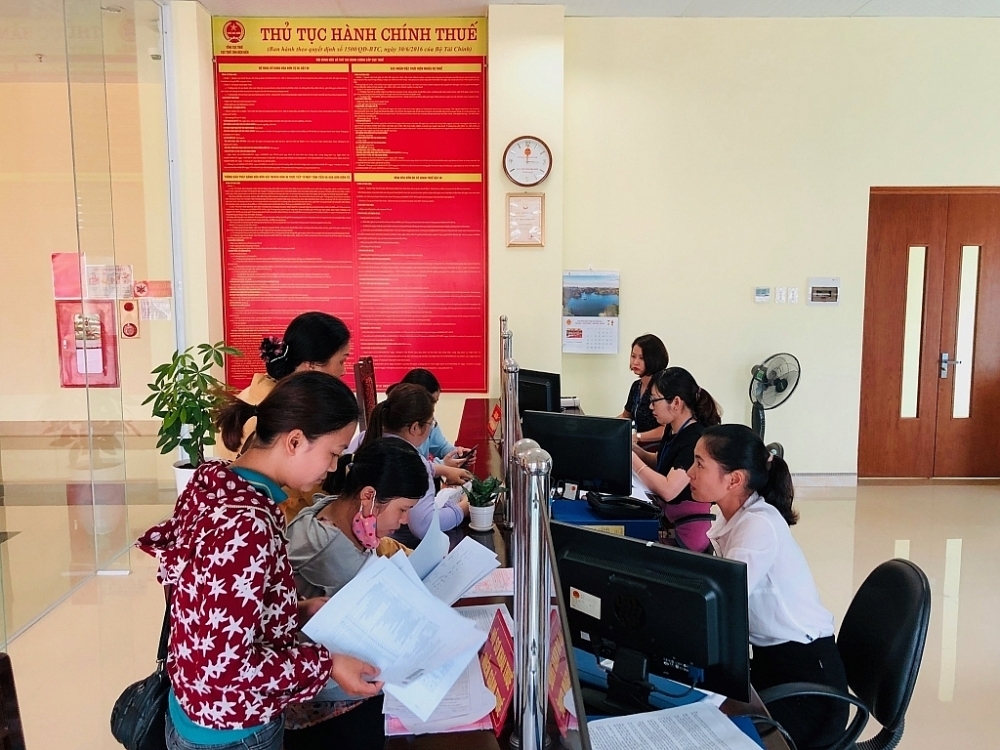 |
| Proportion of domestic revenue continued to improve, the average in 2011-2015 was 68.7%; 80.5% in 2016; 81.08% in three years of2017-2019. Photo: Thuy Linh |
Positive in both revenue and expenditure
"The budget has become more and more sustainable" – that is the statement of Minister of Finance Dinh Tien Dung on the parliament as well as many other forums when talking about State budget restructuring. Looking at the statistics, it is easily seen that the state budget restructuring has achieved positive changes.
The scale of State budget revenue has improved, the revenue structure is more sustainable. In the 2016-2020 period, the total State budget revenue will reach about 24.36% of GDP (the period 2011-2015 was23.96% of GDP), the average domestic revenue in the five years 2011-2015 is 68.7%; it was 80.5% in 2016; update for three years of 2017-2019 is 81.08%.
The structure of State budget expenditure has increased the proportion of development investment expenditure and decreased recurrent expenditures. The State budget deficit has been controlled gradually in accordance with guidelines and orientations. In 2016, the overspending according to the finalized figure has decreased from 5.12% of GDP to 3.4% of GDP in 2019 and the estimate 3.44% of GDP in 2020. However, due to the impact of the Covid-19 pandemic, it is possible that the actual State budget deficit will increase higher than theestimate of 2020 but remain below 3.9% of GDP.
Another result is the active implementation of public debt restructuring, ensuring public debt safety and reducing the pressure of debt repayment on the State budget and ensuring national financial safety.
In the 2016–2019 period, the public debt growth rate has been drastically reduced; an average increase of 9.6% per year in the three years 2016-2018, a decrease of nearly half compared to the average increase of 18.1% in the 2011-2015 period, dragging public debt down from 63.7% of GDP in 2016 to 56, 1% of GDP in 2019; Government debt decreased from 52.7% of GDP in 2016 to 47.7% of GDP in 2019.
National external debt is about 47.0% of GDP in 2019. Many measures to restructure public debt have been implemented by the Ministry of Finance, such as extending the average issuance term of Government bonds, reducing deposit interest rates, increasing the proportion of domestic loans, reversing the structure of domestic and external debt, the rate of domestic debt to foreign debtchangedfrom 39% of 61% in 2011 to 60%/40% in 2016; diversifying investors, the proportion of investors being insurance companies, investment funds and social insurance is about 57%.
The positive results of the State budget restructuring have contributed to strengthening the macro-financial foundation, creating conditions for the Government to have room to implement financial solutions and credit to support enterprises and the people, especially in response to the effects of the Covid-19 pandemic.
Besides the results achieved, the restructuring of the State budget still has some limitations. The room for a State budget revenue decrease, especially in the context of theCovid-19 pandemic; the average proportion of Central budget revenue is low (55%) compared to the target of 60% -65%, the contribution of the growth of Hanoi and Ho Chi Minh City is slowing down. The proportion of the budget revenue contribution (excluding crude oil and export and import revenues) of Hanoi and Ho Chi Minh City in the total State budget revenue has decreased from 47%-48% in 2011-2012 to about 44% in the three years from 2016 to2018.
Besides, the issueof transfer pricing, tax evasion, tax loss and tax debt is still serious in many areas and fields; corporate income tax rate has dropped to 20% in the impact of the growth slowdown in 2020 due to the Covid-19 pandemic.
Import and export tax rates are also reduced due to the implementation of FTAs while the scale of import and export turnover is unlikely to increase. The budget expenditure structure is imbalanced, recurrent expenditures continue to increase faster than investment expenditures, limiting the investment ability of national infrastructure development.
Improving fiscal room
In order to continue to promote the achieved results and minimize the limitations, the Ministry of Finance has proposed and the Government is considering a number of issues on state budget restructuring in the 2021-2025 period, including some specific directions. These are: continue to restructure State budget revenues and expenditures, increase domestic revenue, increase accumulation from the State budget for development investment; increase resilience, ensure national financial safety and security; restructure the State budget, public debt, improve the fiscal policy room, promote mid-term financial-budget management, grasp the principle of spending within resources, borrowing within the scope of debt repayment, ensuring synchronization and consistency between medium-term public investment plans and public debt plans, medium-term financial plan.
Along with that is to complete the policy of State budget revenue in accordance with the level of development, opening up the economy, towards common practices; complete corporate income tax, adjust tax reductions for small and medium enterprises and start-ups; review and specify criteria and conditions for tax incentives, exemptions and reductions in line with socio-economic development policies in each period.
Especially, the management of State budget expenditure is renovated, clearly defining the roles and functions of the State and the market; review programs and policies, especially social security policies to ensure the centralized and highly effective use of the budget; promote mid-term budget management according to results associated with the implementation of socio-economic development goals; actively control overspending; study and revise the mechanism of decentralization of budget spending tasks in the direction of ensuring the leading role of the central budget, encouraging creative initiative and accountability of local governments.
At the same time, it must take into account the economic efficiency of the provision for goods of administration and public services. Finally, build a 5-year plan of borrowing and repaying public debt for the 2021-2025 period, which includes a lower ceiling and warning threshold for debt than in the 2016-2020 period to ensure public debt safety and the budget's ability of debt repayment, creating fiscal room to cope with the state budget's contingent debt obligations with market risks or macro shocks in the new context.
| Economist Dr. Vu Dinh Anh said that it was important to pay attention to the fact that State budget spending was associated with economic restructuring, especially increasing the active role of State budget spending restructure, and State budget expenditures to impact directly and effectively theshifting economic structure, especially shifting restructure by industry and economic sectors. For current directional requirements, structural changes in budget spending, including shifting structure of investment spending, recurrent expenditure, and payment of public debt (principal and interest), the most important issue was to ensure the stability and sustainability of the state budget expenditure structure in association with financial security. Another problem was that the restructuring of state budget spending only focused on solving the internal issues of the financial sector to achieve the goal of sustainability, safety and health in the past. In this way, the new state budget expenditure structure shift would play an active role. |
Related News

Hai Phong Customs implements solutions to facilitate trade
11:18 | 20/01/2025 Customs

Hai Phong Customs collects over VND87 billion from post-clearance audit
15:30 | 31/12/2024 Customs

Hai Phong Customs sets new record in revenue of VND70,000 billion
07:45 | 31/12/2024 Customs

Dong Nai Customs proposes to pilot restructuring according to the new model
13:47 | 28/12/2024 Customs
Latest News
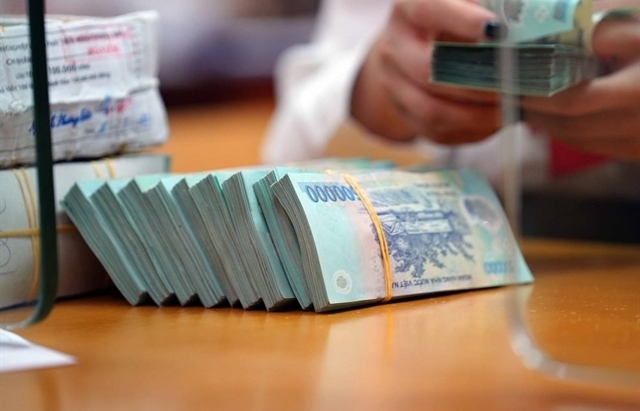
Personal income tax proposed for interest on some bank savings accounts
10:31 | 20/02/2025 Finance

Banks set for aggressive bond issuance in 2025 to fuel growth
16:20 | 19/02/2025 Finance

Central bank cuts interest rate on bills for first time in 2025
15:30 | 18/02/2025 Finance
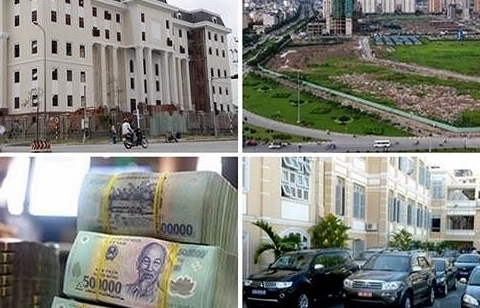
Focusing on inspecting inventory of public assets at units with large and complex assets
16:31 | 15/02/2025 Finance
More News
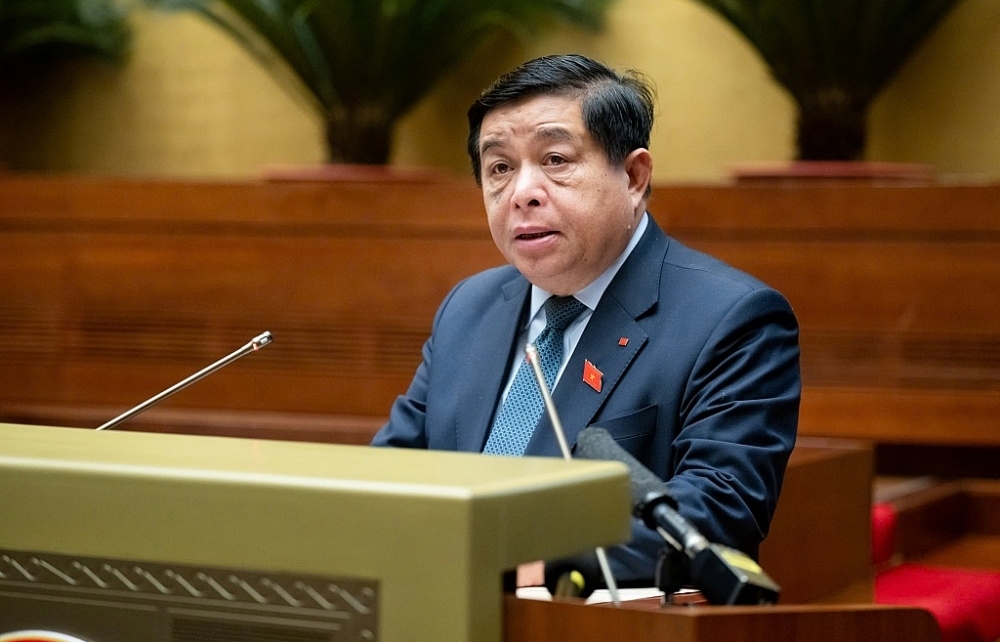
The government seeks approval for revised GDP, CPI targets
16:28 | 15/02/2025 Finance

Fiscal, monetary policies support demand stimulation, price stabilisation
14:49 | 14/02/2025 Finance

Vietnam secures VND 157 billion from state enterprise divestment in 2024
09:16 | 14/02/2025 Finance

Vietnam gears up for potential inflation impact in 2025
14:26 | 11/02/2025 Finance
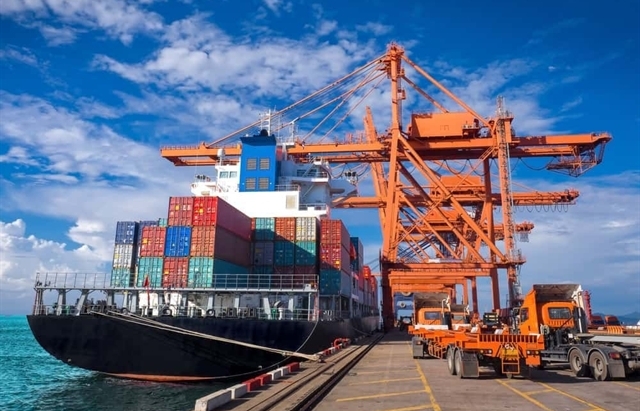
VN’s credit conditions in 2025 expected to be stable
14:24 | 11/02/2025 Finance
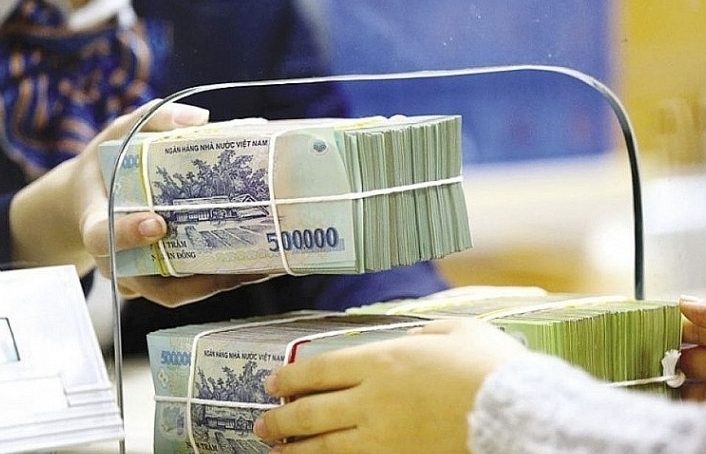
State revenue in first month of the year equal to 14% of the estimate
10:12 | 11/02/2025 Finance

Securities 2025 expects a breakthrough in scale and quality
14:37 | 10/02/2025 Finance
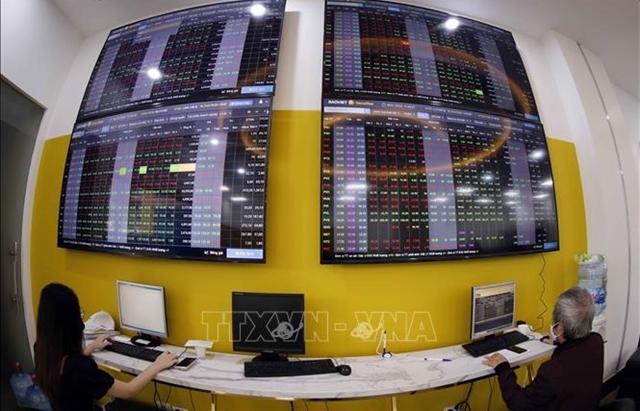
Cash reserves in stock accounts at six-quarter low amid margin rise
08:23 | 10/02/2025 Finance
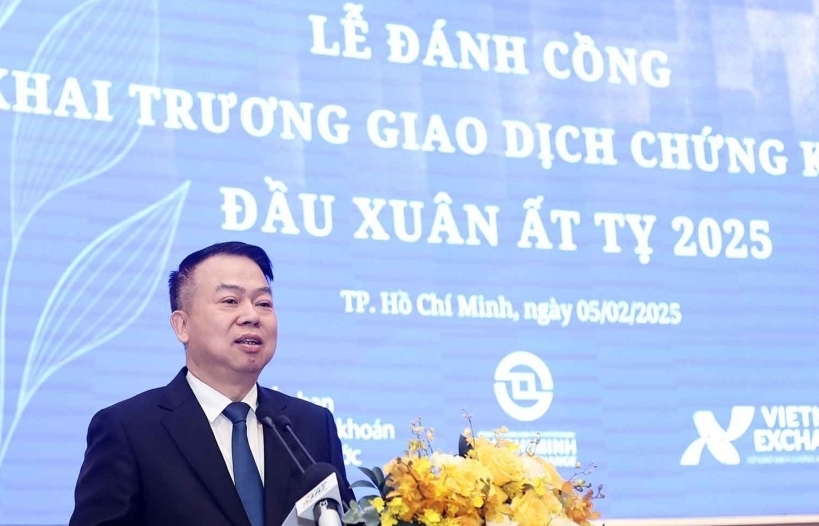
Five solutions for developing stock market in 2025
10:01 | 07/02/2025 Finance
Your care

Personal income tax proposed for interest on some bank savings accounts
10:31 | 20/02/2025 Finance

Banks set for aggressive bond issuance in 2025 to fuel growth
16:20 | 19/02/2025 Finance

Central bank cuts interest rate on bills for first time in 2025
15:30 | 18/02/2025 Finance

Focusing on inspecting inventory of public assets at units with large and complex assets
16:31 | 15/02/2025 Finance

The government seeks approval for revised GDP, CPI targets
16:28 | 15/02/2025 Finance
